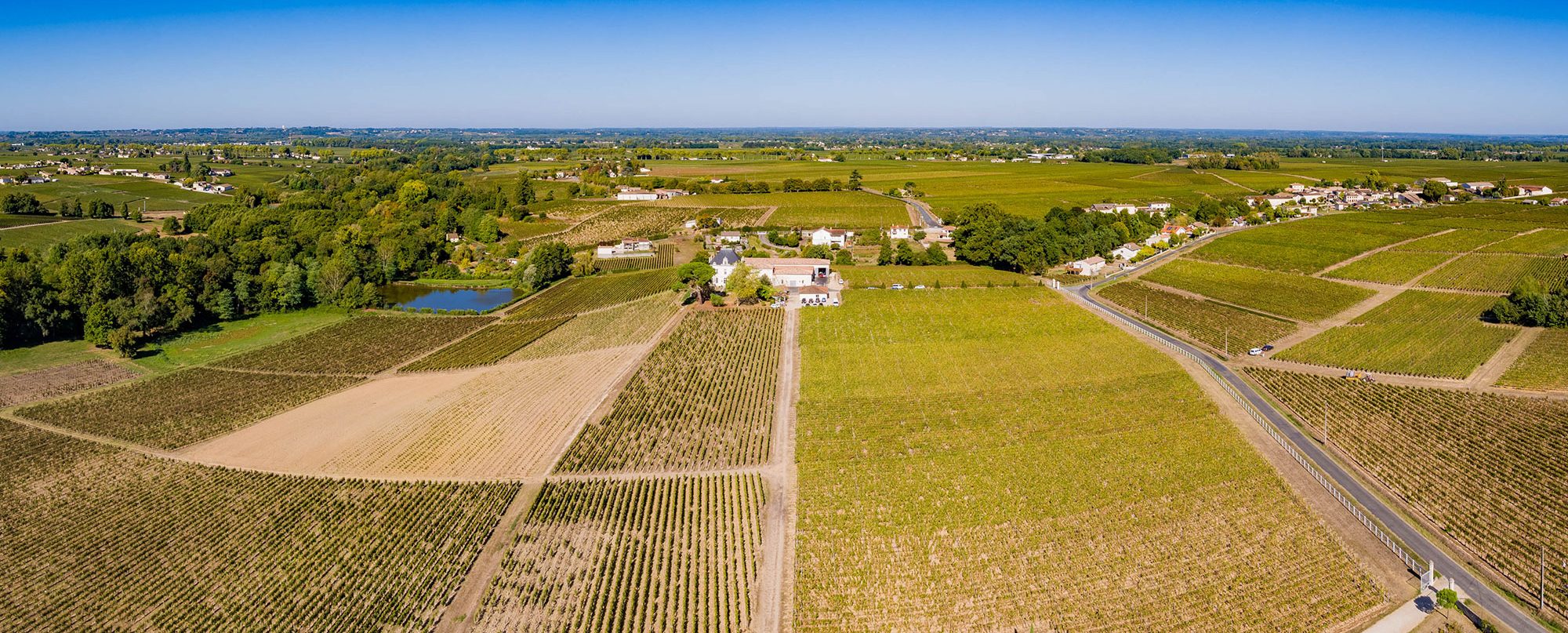Photo credit: Château Tournefeuille
A History in the Shadow of Pomerol
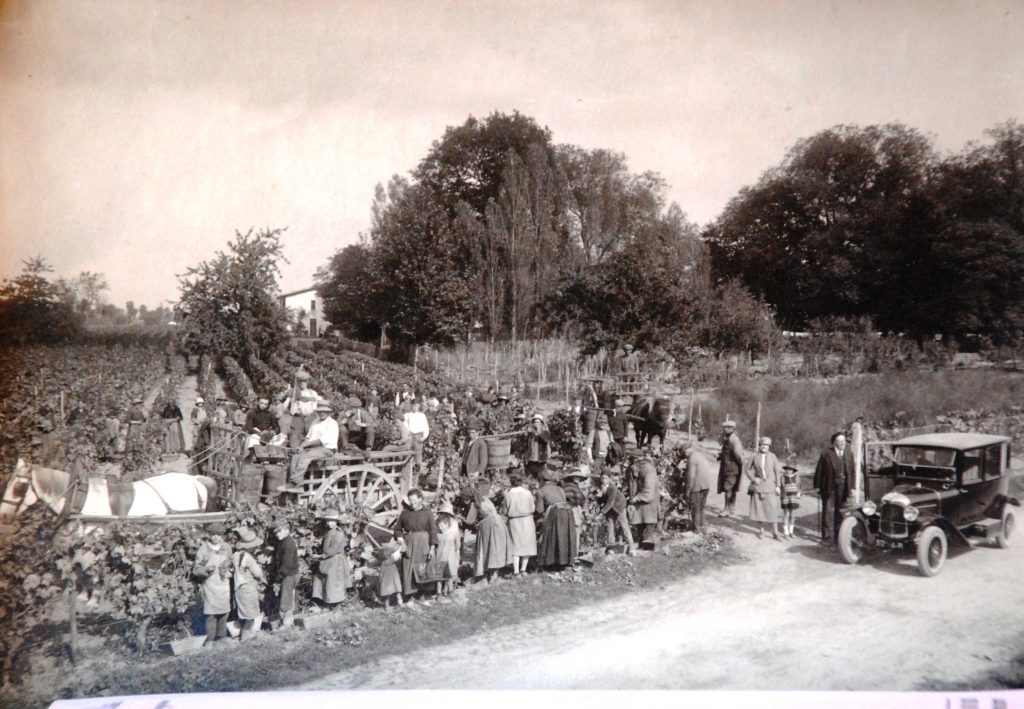
Photo credit: Château Annereaux
Lalande-de-Pomerol rests just beyond the modest Barbanne stream, in the quiet company of its celebrated neighbor, Pomerol. For much of its history, Lalande-de-Pomerol lived in Pomerol’s shadow—literally and figuratively. In fact, before 1925, many wines from the Lalande and Néac villages were simply labeled and sold as “Pomerol.” This changed as the area carved out its own identity: Lalande-de-Pomerol earned official appellation status by the mid-20th century, finally stepping out from its neighbor’s label. The appellation was established in 1936 and today covers about 2,700 acres across two villages, Lalande-de-Pomerol and Néac.
Historically, viticulture here runs deep. One estate dates back to the 14th century and remains family-run, a reminder that these “satellite” vineyards have been beloved for generations. Pomerol itself was once farmland (its name comes from “pommes,” French for apples) and a haven for crusading knights. As Pomerol’s wines gained global recognition in the 20th century, the success spilled over the stream, spurring new investment in Lalande-de-Pomerol. Once called Pomerol’s “poor cousin,” Lalande-de-Pomerol began attracting ambitious vintners eager to prove its potential, crafting wines that offered great value alongside their pedigree. Little by little, this quiet appellation built a reputation for quality—an accessible alternative to Pomerol’s prestige.
Lalande-de-Pomerol’s Signature Style
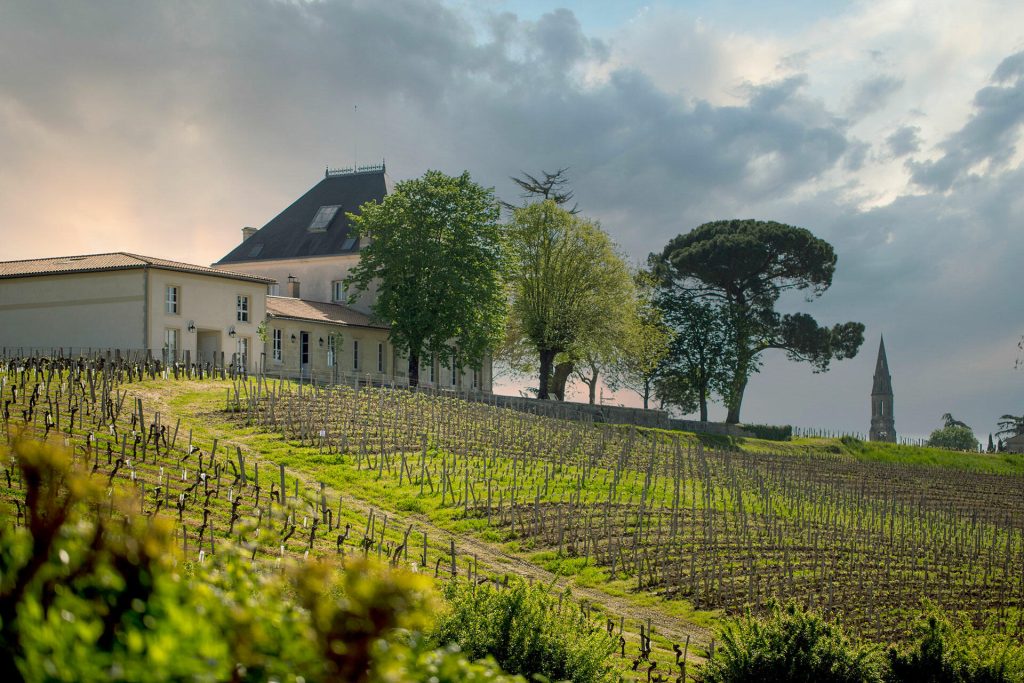
Photo credit: Château Tournefeuille
Merlot is the star of Lalande-de-Pomerol’s vineyards, thriving in the region’s mix of clay and gravel soils. Its terroir is varied yet classic for Bordeaux’s Right Bank. The two main villages have distinct soils: in Néac, vineyards rest on Pomerol-like clay and gravel, while in Lalande they sit on sandier, alluvial soils near the river. Merlot is the dominant grape (around 80% of plantings) with Cabernet Franc making up most of the rest. These grapes thrive in the local soils: Merlot especially loves the iron-rich clay and gravel patches, yielding the region’s best, most structured wines. Meanwhile, the sandier sections often grow a bit more Cabernet, which prefers free-draining soil. Overall, the climate is temperate and moderated by the Dordogne river, which provides ideal conditions and good drainage for the vines
In the glass, Lalande-de-Pomerol wines are elegant yet generous. They typically show ripe red-berry and plum fruit, with Merlot imparting a plush, silky texture. On the nose, you might find an expressive mix of red berries like raspberry and cherry, often aged in oak with notes of plum, leather, game, or even a hint of coconut. A classic young Lalande-de-Pomerol has a solid attack of flavor with tight but silky tannins that give a smooth mouthfeel. Many are approachable in their youth (thanks to the Merlot softness), yet the better examples develop complexity and can age for 5-10 years or more. Tasting one, you’ll notice an inviting balance: rich fruit layered with subtle spice, earth, or cocoa notes from barrel aging.
A Right Bank Revival
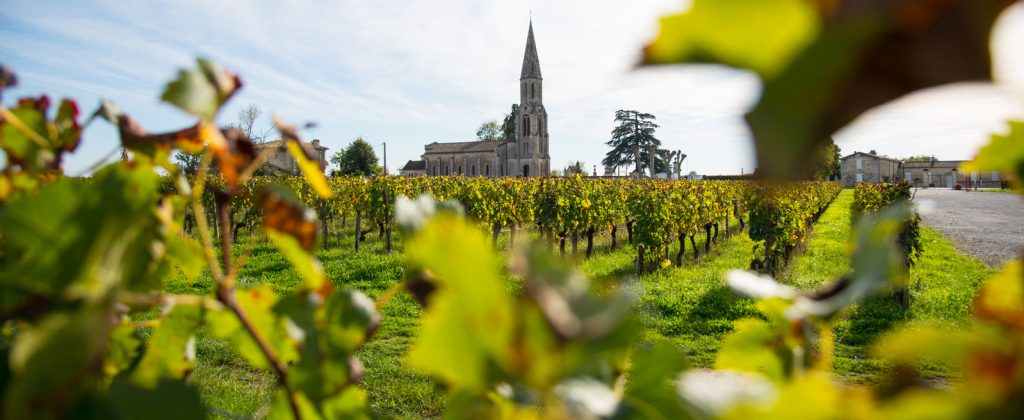
Photo credit: Esperanza33 via iStock
In recent years, Lalande-de-Pomerol has experienced a quiet renaissance. No longer content to be the supporting act, the region’s passionate winegrowers are raising its reputation. A new generation of owners and winemakers – some of them high-profile names from nearby appellations – have invested in Lalande’s châteaux, bringing modern know-how and resources. Vineyards that once sold bulk wine now bottle under their own labels, and quality has soared.
One hallmark of Lalande’s revival is the embrace of sustainability and innovation. The winemakers here are widely committed to environmentally friendly practices. You’ll find an increasing number of organic and even biodynamic vineyards, For example, one historic estate converted fully to organic farming about a decade ago, leading the green movement locally. In the cellar, tradition blends with technology. Some châteaux have completely renovated wineries, installing state-of-the-art gravity-fed fermentation vats and other modern equipment to handle grapes more gently. The result of these efforts is clear: Lalande-de-Pomerol’s wines are better than ever—polished, expressive, and true to their terroir, yet still offered at refreshingly approachable prices. Wine lovers and critics alike are taking note of this Right Bank renaissance.
Lalande-de-Pomerol Wines Near You
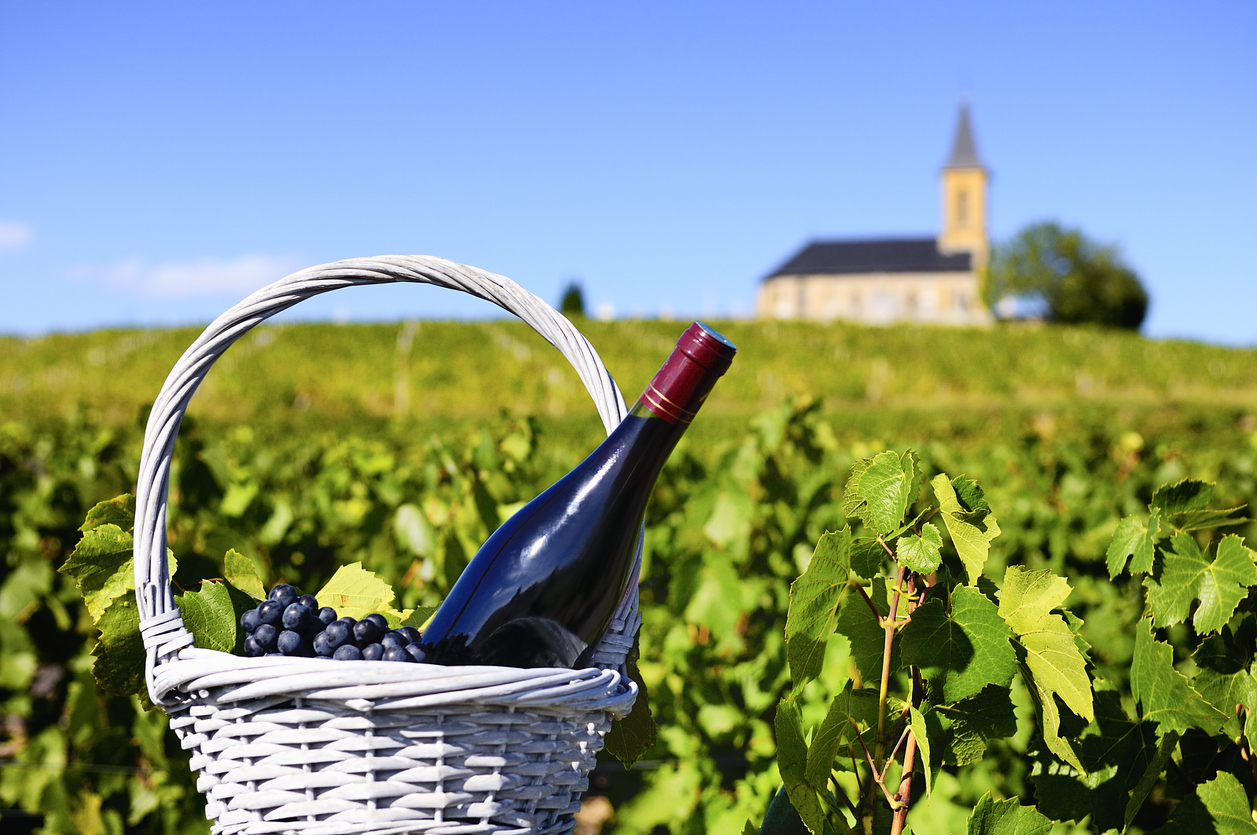
Photo credit: ventdusud via iStock
Ready to explore Lalande-de-Pomerol for yourself? Below is a curated list of wines offering a taste of the appellation’s character and exceptional value-for-quality. All are available in the U.S., so you can experience this hidden gem of Bordeaux firsthand:
- Château La Fleur de Boüard – A flagship wine of the region made by a famous St-Émilion family, showcasing a modern, luxurious style. It’s vibrant with juicy cherry-berry flavors and notes of espresso, dark chocolate, smoke and anise, ending in a smooth, polished finish. A rich, silky Bordeaux that competes with top Pomerols.
- Buy from Wine.com | Winemaker Website
- Château Tournefeuille – A well-regarded estate producing a classic Right Bank blend (mostly Merlot with a dash of Cabernet Franc). Expect ripe black cherry and plum flavors layered with a touch of cocoa and vanilla from oak. This wine is medium-bodied and creamy, with supple tannins and a dark-fruited, elegant finish.
- Buy from Wine.com | Winemaker Website
- Château des Annereaux – A family-owned estate (with roots dating to 1390!) that is now certified organic, reflecting the region’s sustainable turn. The wine has a savory, classic profile with red currant fruit and a whisper of cedar on the nose. On the palate it is medium-bodied and supple, with sleek tannins and a mellow, soft finish. This elegant bottle embodies Lalande’s blend of tradition and modern finesse.
- Buy from Laguna Cellar | Winemaker Website
- Château Garraud – A readily accessible example delivering aromas of ripe blackberry compote and plum preserves, with subtle earthy accents like tilled soil and cigar box. The palate is packed with dark berry fruit and soft, velvety tannins, finishing with impressive length.
- Buy From Total Wine & More | Winemaker Website
Next time you’re seeking a Bordeaux bargain with soul, remember the little name on the label next to Pomerol. Lalande-de-Pomerol might just steal the show at your table, proving that sometimes the understudy deserves a standing ovation of its own.
Find an event or tasting near you on our Events page and keep up with the latest in German wine by following Clink Different on Instagram and Facebook.
